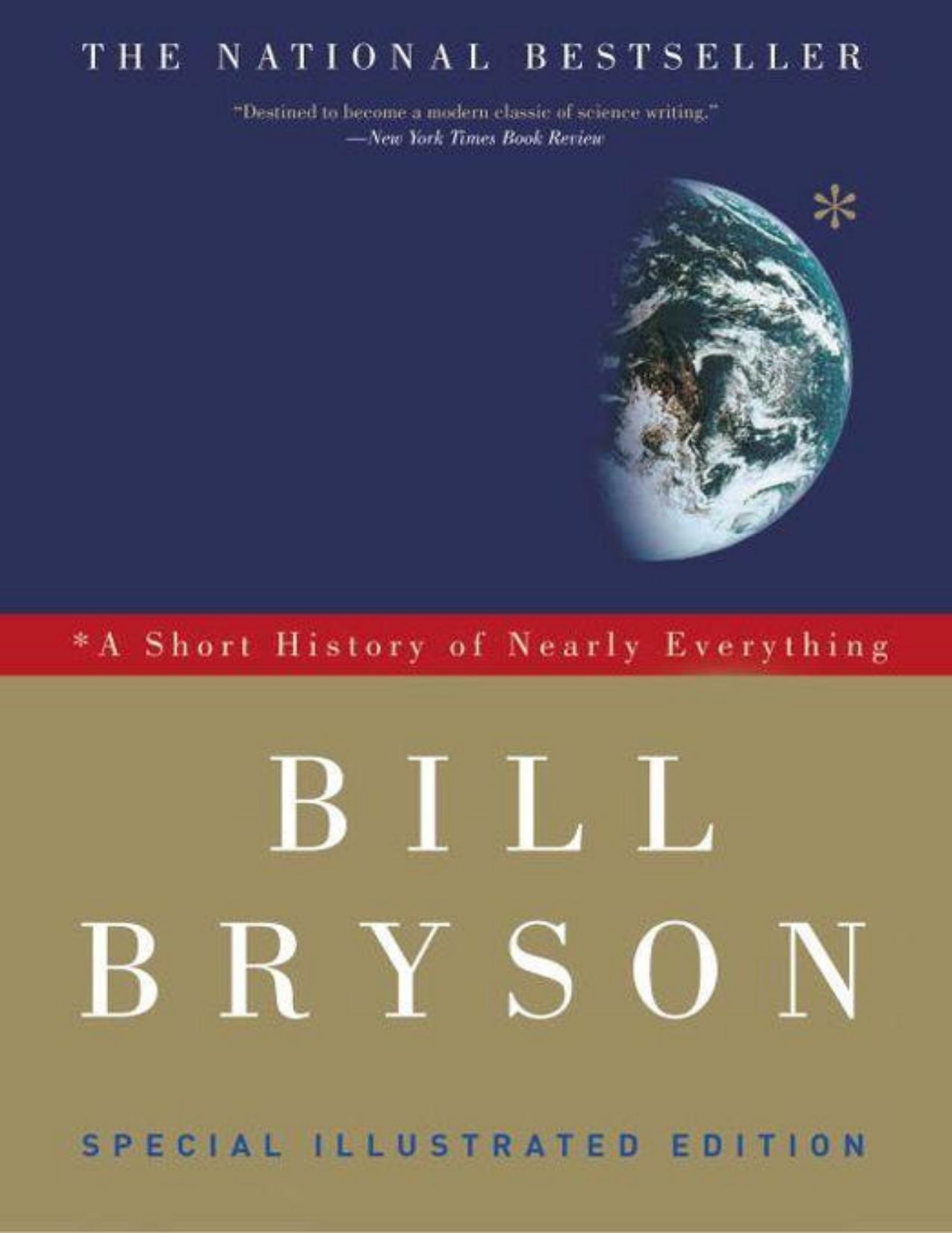A Short History of Nearly Everything: Special Illustrated Edition by Bill Bryson

Author:Bill Bryson [Bryson, Bill]
Language: eng
Format: epub, mobi, azw3, pdf
Publisher: Crown Publishing Group
Published: 2010-11-30T06:00:00+00:00
A light micrograph showing a living colony of cyanobacteria, a type of blue-green algae whose small-scale persistence transformed the planet. (credit 19.9)
As cyanobacteria proliferated the world began to fill with O2, to the consternation of those organisms that found it poisonous—which in those days was all of them. In an anaerobic (or non-oxygen-using) world, oxygen is extremely poisonous. Our white blood cells actually use oxygen to kill invading bacteria. That oxygen is fundamentally toxic often comes as a surprise to those of us who find it so convivial to our well-being, but that is only because we have evolved to exploit it. To other things it is a terror. It is what turns butter rancid and makes iron rust. Even we can tolerate it only up to a point. The oxygen level in our cells is only about a tenth the level found in the atmosphere.
The new oxygen-using organisms had two advantages. Oxygen was a more efficient way to produce energy, and it vanquished competitor organisms. Some retreated into the oozy, anaerobic world of bogs and lake bottoms. Others did likewise but then later (much later) migrated to the digestive tracts of beings like you and me. Quite a number of these primeval entities are alive inside your body right now, helping to digest your food, but abhorring even the tiniest hint of O2. Untold number of others failed to adapt and died.
The cyanobacteria were a runaway success. At first, the extra oxygen they produced didn’t accumulate in the atmosphere, but combined with iron to form ferric oxides, which sank to the bottom of primitive seas. For millions of years, the world literally rusted—a phenomenon vividly recorded in the banded iron deposits that provide so much of the world’s iron ore today. For many tens of millions of years not a great deal more than this happened. If you went back to that early Proterozoic world you wouldn’t find many signs of promise for the Earth’s future life. Perhaps here and there in sheltered pools you’d encounter a film of living scum or a coating of glossy greens and browns on shoreline rocks, but otherwise life remained invisible.
Download
A Short History of Nearly Everything: Special Illustrated Edition by Bill Bryson.mobi
A Short History of Nearly Everything: Special Illustrated Edition by Bill Bryson.azw3
A Short History of Nearly Everything: Special Illustrated Edition by Bill Bryson.pdf
This site does not store any files on its server. We only index and link to content provided by other sites. Please contact the content providers to delete copyright contents if any and email us, we'll remove relevant links or contents immediately.
| Africa | Americas |
| Arctic & Antarctica | Asia |
| Australia & Oceania | Europe |
| Middle East | Russia |
| United States | World |
| Ancient Civilizations | Military |
| Historical Study & Educational Resources |
Cecilia; Or, Memoirs of an Heiress — Volume 1 by Fanny Burney(31333)
Cecilia; Or, Memoirs of an Heiress — Volume 3 by Fanny Burney(30934)
Cecilia; Or, Memoirs of an Heiress — Volume 2 by Fanny Burney(30889)
The Secret History by Donna Tartt(16624)
Sapiens: A Brief History of Humankind by Yuval Noah Harari(13053)
Leonardo da Vinci by Walter Isaacson(11903)
The Radium Girls by Kate Moore(10907)
Sapiens by Yuval Noah Harari(4537)
The Wind in My Hair by Masih Alinejad(4424)
How Democracies Die by Steven Levitsky & Daniel Ziblatt(4399)
Homo Deus: A Brief History of Tomorrow by Yuval Noah Harari(4279)
Endurance: Shackleton's Incredible Voyage by Alfred Lansing(3845)
The Silk Roads by Peter Frankopan(3760)
Man's Search for Meaning by Viktor Frankl(3634)
Millionaire: The Philanderer, Gambler, and Duelist Who Invented Modern Finance by Janet Gleeson(3569)
The Rape of Nanking by Iris Chang(3516)
Hitler in Los Angeles by Steven J. Ross(3437)
The Motorcycle Diaries by Ernesto Che Guevara(3332)
Joan of Arc by Mary Gordon(3258)
